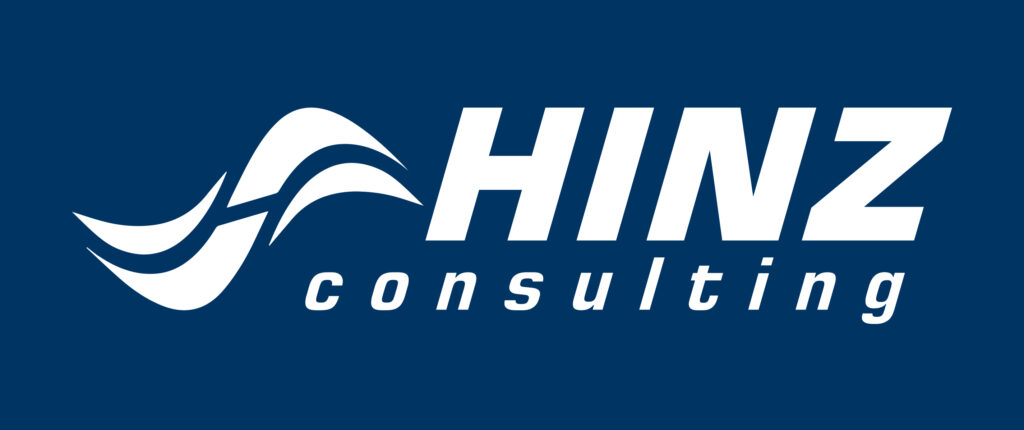Business capture is the strategic process that organizations undertake to identify, pursue, and secure new business opportunities, particularly in competitive markets such as government contracting and large-scale corporate procurement. Effective business capture involves a series of well-planned and coordinated activities aimed at understanding the client’s needs, positioning the organization as the preferred choice, and ultimately winning the contract. This blog provides an in-depth look at business capture, its importance, key phases, best practices, and common challenges.
Understanding Business Capture
Business capture is more than just responding to a request for proposal (RFP); it encompasses the entire lifecycle of identifying opportunities, building relationships, and developing strategies to win contracts. It requires a thorough understanding of the market, competitors, and the client’s needs.
Key Phases of Business Capture:
- Opportunity Identification:
- Market Research: Conduct comprehensive research to identify potential opportunities that align with your organization’s strengths and strategic goals.
- Lead Generation: Use various sources such as industry reports, government databases, and networking events to generate leads.
- Qualification and Prioritization:
- Bid/No-Bid Decision: Evaluate the feasibility and potential profitability of pursuing each opportunity. Consider factors like resource availability, budget, and strategic alignment.
- Opportunity Ranking: Prioritize opportunities based on their strategic value, win probability, and alignment with business goals.
- Capture Planning:
- Capture Strategy: Develop a detailed capture plan that outlines the approach, key messages, value propositions, and differentiators.
- Resource Allocation: Assign roles and responsibilities to a capture team, including capture managers, proposal managers, subject matter experts (SMEs), and business development personnel.
- Client Engagement:
- Relationship Building: Engage with the client early and build strong relationships. Understand their needs, pain points, and decision-making processes.
- Influence and Positioning: Position your organization as a trusted partner by demonstrating your capabilities, expertise, and value proposition.
- Solution Development:
- Technical Solution: Develop a tailored technical solution that addresses the client’s specific requirements and challenges.
- Cost Strategy: Develop a competitive and realistic cost strategy that aligns with the client’s budget and expectations.
- Proposal Development:
- Proposal Writing: Write a compelling and compliant proposal that clearly communicates your solution, value proposition, and differentiators.
- Review and Refinement: Conduct internal reviews and refine the proposal based on feedback to ensure accuracy, clarity, and compliance.
- Negotiation and Closing:
- Negotiation Strategy: Prepare for negotiations by understanding the client’s priorities and constraints. Develop a strategy to address potential objections and secure favorable terms.
- Contract Award: Finalize the contract, ensuring all terms and conditions are clearly defined and agreed upon.
Importance of Business Capture

Effective business capture is crucial for several reasons:
- Revenue Growth:
- Securing Contracts: Winning new contracts directly contributes to revenue growth and business expansion.
- Market Positioning: Successfully capturing high-value contracts enhances your organization’s reputation and market position.
- Strategic Alignment:
- Goal Achievement: Business capture ensures that opportunities pursued align with the organization’s strategic goals and capabilities.
- Resource Optimization: Focuses resources on the most promising and strategic opportunities, maximizing return on investment.
- Competitive Advantage:
- Differentiation: Effective capture strategies help differentiate your organization from competitors by highlighting unique strengths and value propositions.
- Client Relationships: Building strong client relationships and understanding their needs leads to better-tailored solutions and increased win rates.
Best Practices for Business Capture
To excel in business capture, consider the following best practices:
- Develop a Comprehensive Capture Plan:
- Detailed Strategy: Create a detailed capture plan that outlines the approach, key messages, timelines, and resource allocation.
- Flexibility: Allow for flexibility in the plan to adapt to changes and unexpected challenges.
- Utilize Capture Management Tools:
- Software Solutions: Use capture management software to streamline processes, manage documents, track progress, and facilitate collaboration.
- Templates and Checklists: Develop and use templates and checklists to ensure consistency and completeness.
- Foster Effective Communication and Collaboration:
- Clear Communication Channels: Establish clear communication channels and regular check-ins to keep the team aligned and informed.
- Collaborative Environment: Encourage collaboration and input from all team members, leveraging their expertise and insights.
- Focus on Quality and Compliance:
- Rigorous Quality Control: Implement rigorous quality control measures, including multiple rounds of reviews and approvals.
- Strict Compliance: Ensure strict adherence to all client requirements, industry standards, and legal regulations.
- Tailor Solutions to Client Needs:
- Client-Centric Approach: Tailor each solution to address the specific needs, challenges, and goals of the client.
- Value Proposition: Clearly articulate your value proposition and how your solution meets or exceeds the client’s expectations.
- Emphasize Continuous Improvement:
- Feedback and Debriefing: Regularly seek feedback and conduct debriefs to understand areas for improvement.
- Lessons Learned: Document lessons learned and apply them to future capture efforts to enhance effectiveness and competitiveness.
Common Challenges and How to Overcome Them
Business capture managers often face several challenges. Here are some common issues and strategies for overcoming them:
- Tight Deadlines:
- Solution: Plan ahead and build a buffer into the timeline to accommodate unexpected delays. Prioritize tasks and ensure efficient use of resources.
- Complex Requirements:
- Solution: Break down complex requirements into manageable tasks and seek clarification from clients if needed. Collaborate with experts to address technical aspects.
- Team Coordination:
- Solution: Establish clear communication channels and set regular check-ins to monitor progress and address any issues.
- Competitive Pressure:
- Solution: Focus on differentiators and highlight the unique value that your organization brings to the table. Conduct thorough competitor analysis to understand strengths and weaknesses.
Conclusion
Business capture is a vital function that requires a strategic approach, meticulous planning, and effective collaboration. By understanding the key phases, adhering to best practices, and overcoming common challenges, organizations can enhance their capture process and increase their chances of securing new business opportunities.
Whether you are new to business capture or looking to refine your existing process, adopting these strategies will help you navigate the complexities of capturing business and achieve greater success in competitive markets. Contact us to learn more!


